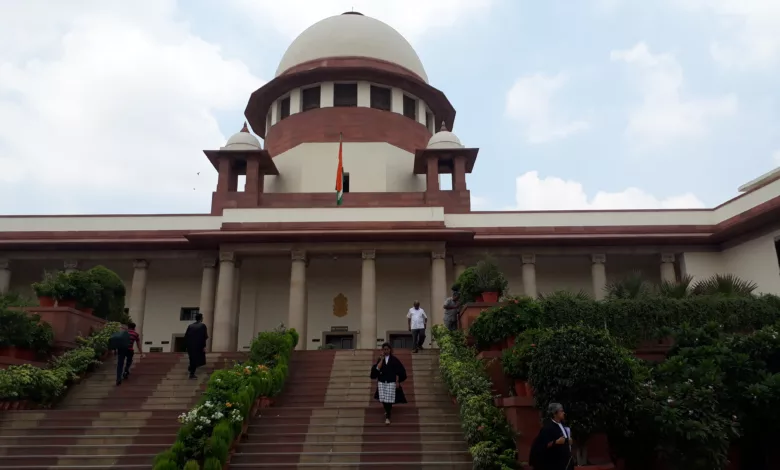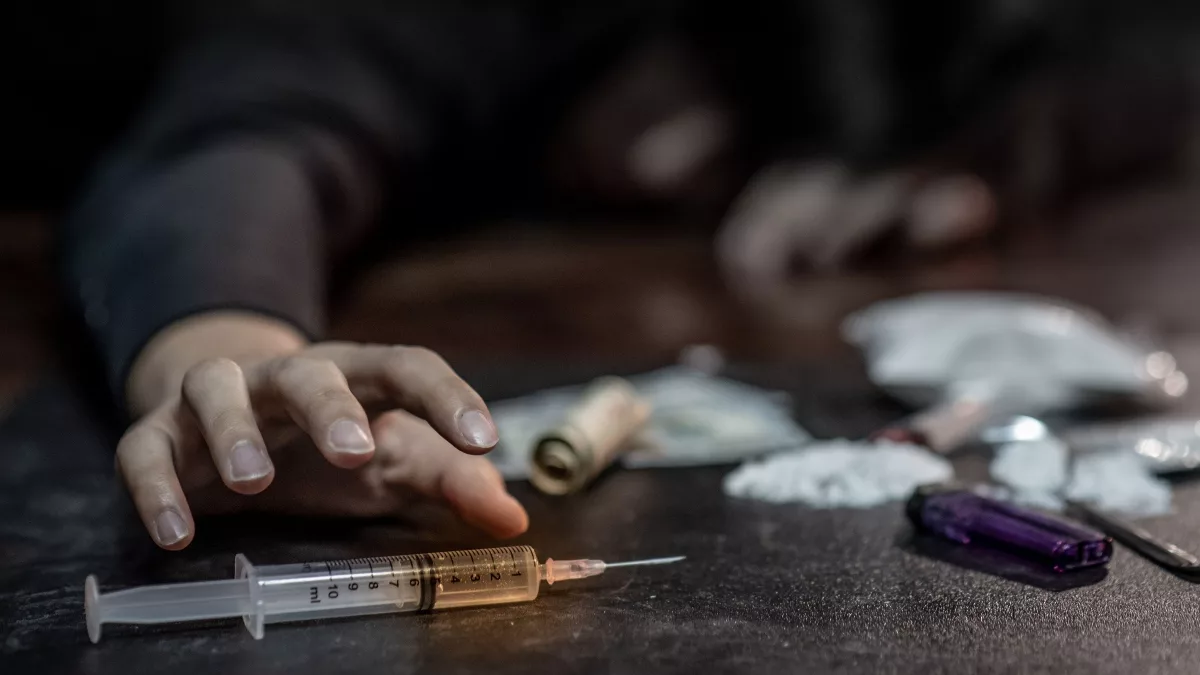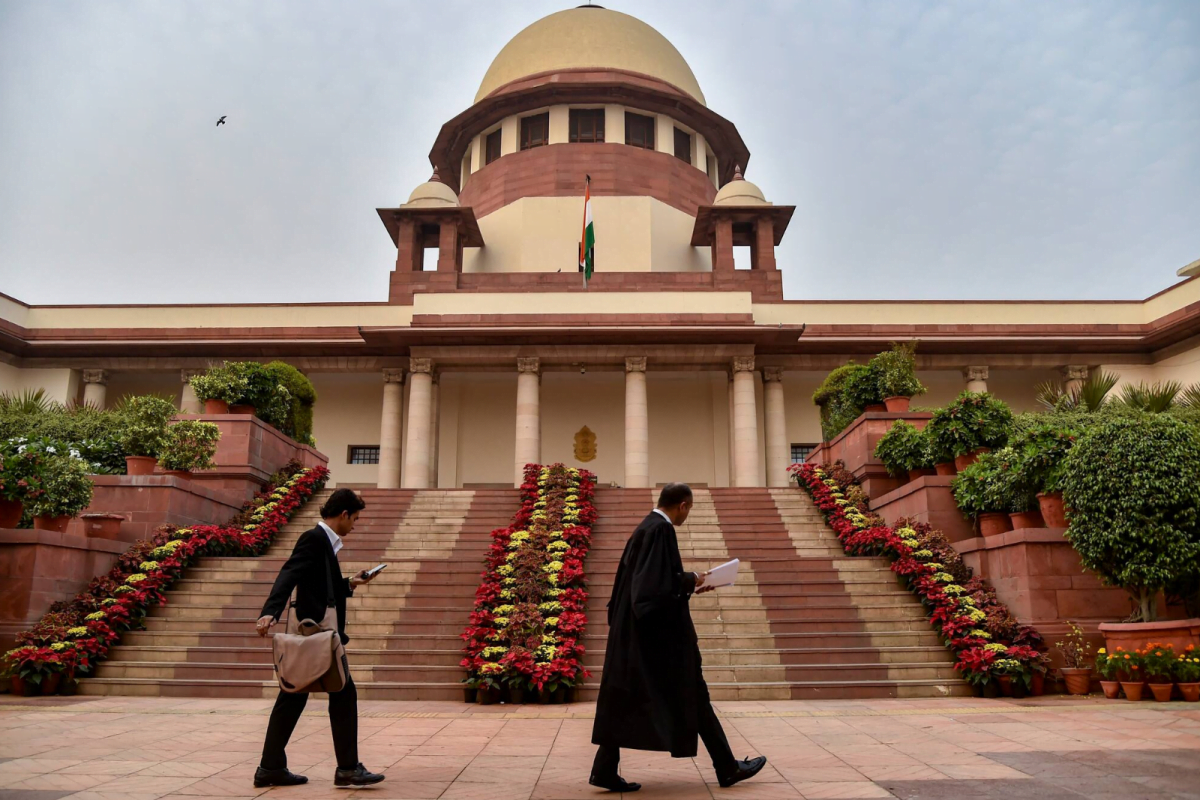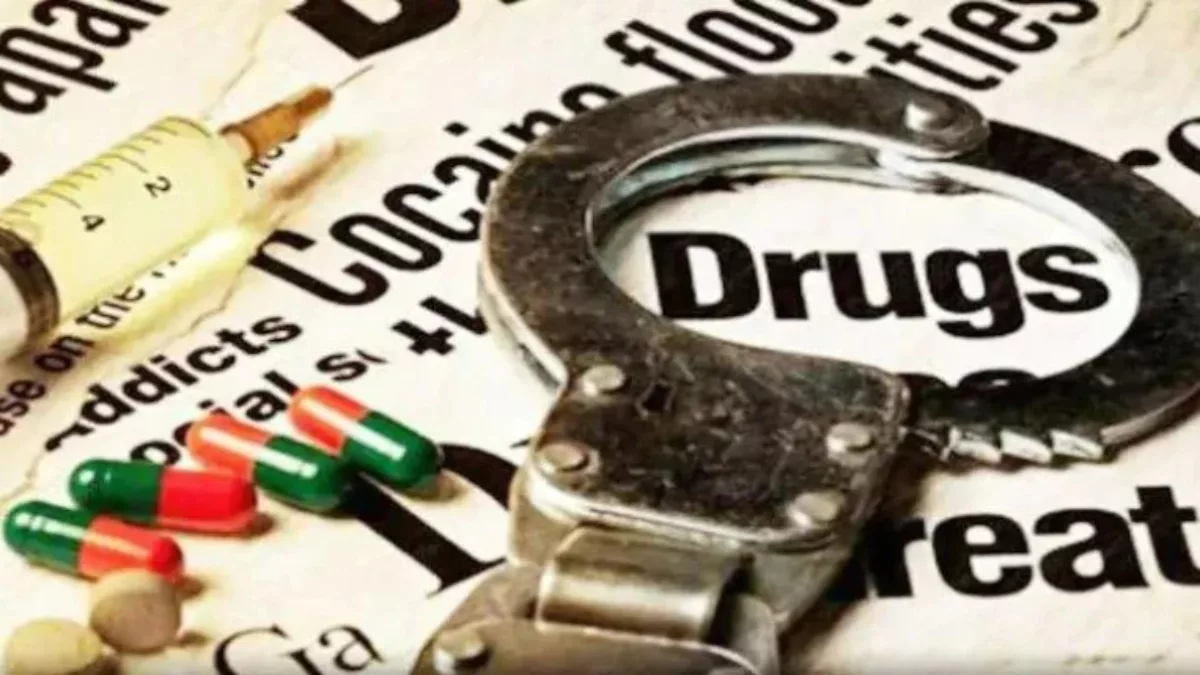Drug Global Syndicate Investigation: Supreme Court Verdict Raises Concerns
Insights into the Court's decision and the implications for the ongoing investigation into drug trafficking in India.

On Friday, the Supreme Court said that when it comes to NDPS investigations, the Center and other agencies go after small-time people like farmers and people waiting at bus stops. The claims were made in response to a defendant who had been in jail for almost five years because opium was found in his crops and now wanted to be let out on bond.
Chief Justice D. Y. Chandrachud and Justices P. S. Narasimha and J. B. Pardiwala said, “We must say that the Indian government and investigating agencies are not catching big fish.” Why not go after drug gangs around the world? Try to grab as many as you can. Small fish, like farmers and people waiting at bus stops, are the only ones you can catch.
Sabir was arrested because of the Narcotic Drugs and Psychotropic Substances (NDPS) Act after it was found that his farmland was growing enough opium to sell. At the time, Sabir’s request for release was being looked at by the Supreme Court.
Vikramjeet Banerjee, who works for the government of Madhya Pradesh and the Narcotics Control Bureau, argued against bail on their behalf. He said that the fact that a lot of drugs were found on him and that he had been convicted twice before worked against him. The amount of psychoactive drugs found could get him ten years in prison, but the judge points out that he has already served more than five years.

Drug Abuse Is Fueled By Bad Policy
Even though India has strict drug laws and many organisations that try to keep an eye on the country’s drug supply, the results show that a lot of illegal drugs are used.
A Health Ministry employee who asked to remain anonymous said that these results show “a shift in demand for psychoactive substances away from traditional, low-potency plant-based goods like opium and towards increasingly potent and synthetic things like heroin.” The results also show that people are no longer interested in traditional, low-strength plant-based drugs like opium.
In some states, they don’t do enough to stop people from becoming addicted to drugs. Institutions that get money from the government don’t offer drug addiction education and awareness programmes very often, which is a shame.
H. S. Phoolka, a lawyer with the Indian children’s rights group Bachpan Bachao Andolan, has filed a case in the public interest against the Supreme Court. He did this because he is worried about how often children use drugs. The case is being brought against the Supreme Court. He thinks things are in a lot worse shape than what the national survey showed.
Concerns are raised by the fact that drugs are easy to get and are close to schools. This helps increase the demand for medicines. With Inventiva, we can be sure that the information we’re getting is accurate.

Addressing Opioid Addiction Is Crucial
People are using drugs so much in Punjab’s northern province that it is now considered an epidemic. In Punjab, the number of people seeking treatment at outpatient clinics for opioid addiction has gone from about 400,000 to over 800,000.
“The situation is really and truly very scary.” “Drugs are more available than ever before, which is one reason for the addiction crisis that is wreaking havoc on neighbourhoods and homes.” Counselor Harpreet Singh in Chandigarh is said to have given the information to someone else.
Singh says that people’s health is hurt in a number of ways when they use opiates too much.
In a separate survey done in the state of Punjab, it was found that more than 75% of the young people there use drugs. Also, the Narcotics, Drugs, and Psychotropic Substances Act says that at least 30% of all prisoners are there because they broke drug laws, and there are currently more than 1,000,000 people in U.S. prisons.
Using the most recent data, the Ministry of Social Justice and Empowerment and a number of other government agencies have come up with a comprehensive plan to reduce the demand for drugs.
A senior ministry official who asked to remain anonymous said that plans for a countrywide treatment programme will take into account both how common the disease is and how hard it is to treat. This would help countries figure out which problems should be taken care of first.
Will India Always Have Drug Problems?
Since 2004, when the NDPS began, the Ministry of Social Justice and Empowerment has done two national surveys on drugs. The results of these polls were made public in 2004 and 2019. From what these polls show, there are a lot of drug users in India.
Since the last study, which showed that the number of opioid users went from 0.7% to just under 2%, the number has gone from 2 million to over 22 million. Heroin is used more often than opium and poppy husk, which is a worrying trend.
This conclusion was also supported by a large-scale epidemiological study that was done in Punjab. The number of people who use cocaine and other synthetic drugs has also gone up a lot. The study’s results show that we need to change our current system, work together more, and close the gaps.

Focus Areas For Government
In the future, the government might try to put these things first:
National Mental Health Survey Results
The National Mental Health Survey found that almost 70% of people with substance use disorders do not get treatment (2015–2016). A recent national study found that almost 75% of drug use problems are not treated. Only 5% of people who had problems with substance abuse were put in an inpatient facility. This made the people even more angry.
This big difference in how people have treated shows that access, use, and quality of health care are not good enough. To meet this unmet need, there should be more places where people with substance use disorders can get treatment and get back on their feet. The Ministry of Health and Family Welfare’s DTC initiative is a good start, but it is not enough.
At the moment, AIIMS’s National Down Syndrome Treatment Center is in charge of running the program. If this is done, other hubs might want to join. Since it is the job of the Ministries of Health and Social Justice to cut down on drug use, there needs to be a conscious and determined effort to fill the treatment gap caused by a lack of services. India needs to do regular, statewide drug surveys to find out how people use drugs and help the government make policy decisions that are based on facts.
Differences and Gaps In Policies
The third part of the three-part strategy, which is to reduce harm, should be made stronger. Even though only 7% of IDUs have access to OST-12, NACO and GO-NGO have been helpful. The OST needs to grow in a safe and effective way.
Even though the NACO depends on the NSEP a lot to limit damage, the NDPS policy says that it can’t be used. The NDPS strategy likes OSTs with time limits because they are based on science and may be more dangerous than OSTs without time limits. An OST that focuses on recovery could be used instead of this time-limited technique. These policy holes and differences need to be fixed.
A Look Into The Future
In the future, there will be problems with finding and scheduling new psychoactive chemicals at an early stage of production. The International Narcotic Control Board (INCB) says that India has a problem with captagon and mephedrone, which are made from amphetamine and theophylline.
The paper also talked about a possible issue with precursor chemicals in the country. India24 is also worried about the growing number of online pharmacies and the growing number of people who buy illegal drugs with bitcoin. At the international meeting, the misuse of prescription and over-the-counter drugs like benzodiazepines, tramadol, and codeine was also talked about (such as pregabalin).
Conclusion
In the end, India has taken care of the drug problem quickly and well. Even though the government has a comprehensive plan, a dedicated staff, and a number of programmes and policies with clear goals, it still needs to improve current programmes (to meet unmet needs), coordinate efforts between ministries to make policies uniform, make decisions based on scientific evidence, and strengthen supply reduction chains. Rest assured, the Indian justice system has told the people of India that their top priority has always been and will always be going after the biggest drug dealers.
Edited by Prakriti Arora




